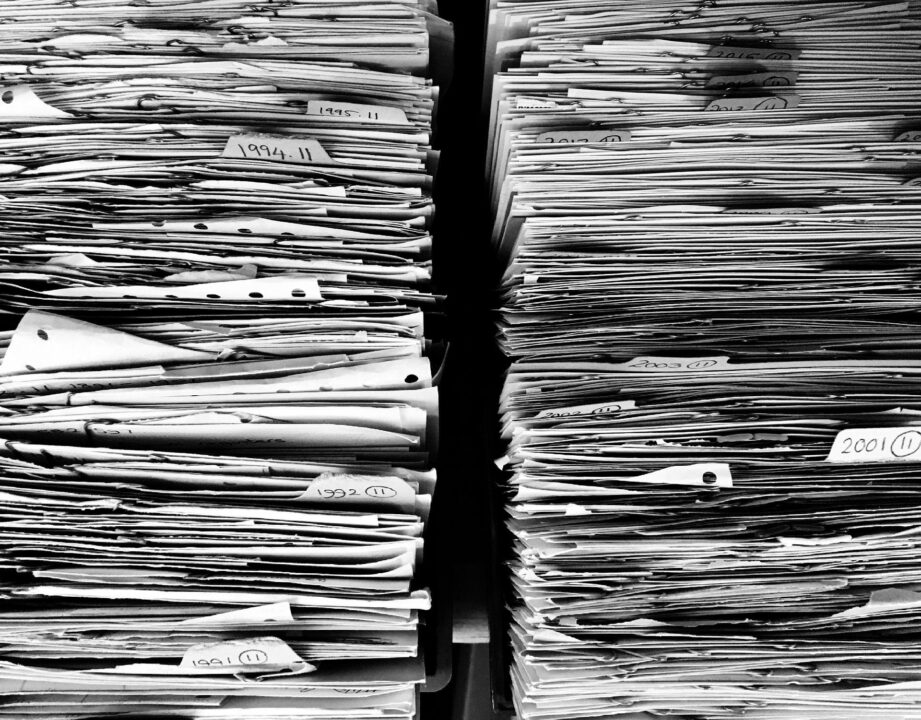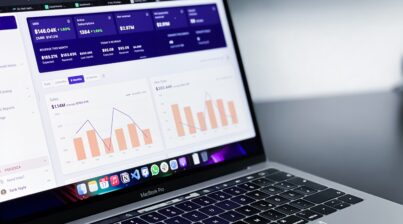With the development of HR analytics, HR departments are creating more reports than ever. Anyone who has worked in HR knows the pain of building these reports. This can be especially time-consuming when you use multiple systems to store different types of data. Opening each system, finding the necessary data, and entering it into spreadsheets is tedious, and when you finish, you’re often left with a report that is hard to read and visually uninteresting.
Imagine a better way. Imagine opening one system and finding all of your most important data right there, in one place. Imagine this data in colorful, professional-looking visualizations that communicate big, important ideas about that data, including changes over time and significant anomalies. Best of all, imagine this data is live, instantly updating when you update your other systems, giving you the most relevant, up-to-the-minute information about your company.
If this sounds like a better way to manage HR reports, then it’s time for you to explore hr dashboards.
How Reports Can Obstruct Workflow
HR reports are an important metric for understanding the health and productivity of a company. After all, a company’s greatest asset is its employees, and HR is responsible for ensuring those employees are managed efficiently. As a result, the reports you create in HR help your organization set better goals and find ways to improve, driving innovation.
However, creating reports can also obstruct workflow. Ian Burke, a writer at Business.com, explains that the common image of HR workers sitting isolated behind mounds of paperwork with nothing else to do is becoming increasingly dated. He explains that “As well as the day-to-day tasks that HR staff perform, there are many pressures on a modern HR team. From understanding how digital technology is changing the workplace, to finding the right tools and metrics to measure success, they’re constantly adapting to the needs of an ambitious and increasingly mobile pool of talent.”
Continuing, Burke explains that the role of HR is changing from an administrative position to a leadership position in many organizations. He claims that for elite HR employees at industry-leading companies, “the largest single portion of their time, an average of 21.8 percent, is spent meeting with senior staff and business partners. This demonstrates how the HR department has become far more than an assisting force in business, and is now a fully-fledged lead within organizations.” This is, of course, as it should be. HR has incredibly valuable insights into its company, and especially now that HR is more data-driven than ever, HR leads deserve a place at the table when important decisions are being made.
However, these new challenging roles for HR workers mean their time is divided in more directions, making the slow process of report building even more frustrating. Lin Grensing-Pophal, an editor at HR Daily Advisor, explains, “all that extra reporting takes time away from other valuable activities. If you have employees putting off productive work because they are scrambling to complete that report by 5 p.m. to avoid getting scolded, you may have an organizational problem on your hands.”
So what’s the answer? How can we get the data we need without burning too much time?
Advantages of HR Analytics Dashboards
HR analytics dashboards are powerful, transformative tools for the HR industry. They work as a central hub where data from all of your systems comes together in one place. Instead of manually logging into each system, pulling data, and entering it in spreadsheets, you can have the same information visualized for you in one place, automatically. Think of the time this saves!
Not only does this automation save you time in building reports, but the engaging visualizations in a dashboard help you make sense of your data. As we’ve explained before, numbers don’t make sense by themselves. It’s when you look at multiple metrics together that patterns emerge and you begin to understand the wide-reaching impact different policies and decisions have on your organization as a whole. From there, you can measure effectiveness, efficiency, and productivity. You can set realistic, actionable goals and track progress toward those goals. In short, an HR analytics dashboard empowers your department to make a transformative change within your organization
If you’re tired of manually building messy HR reports and spreadsheets, then click here to get your demo to learn how to pull and view all your people data in one HR analytics dashboard.












